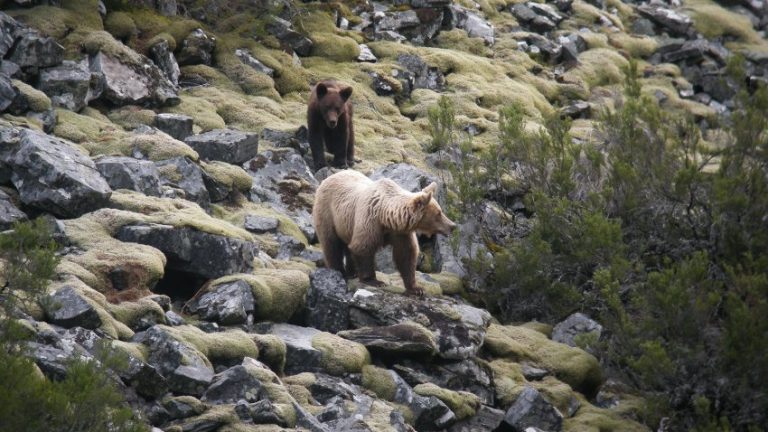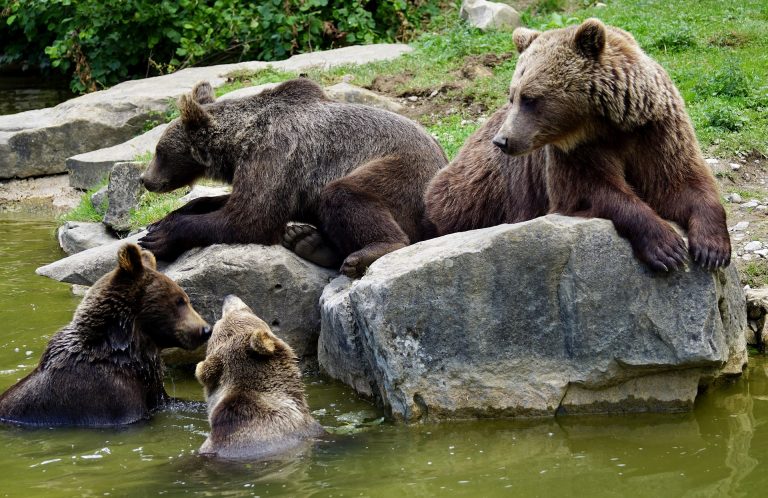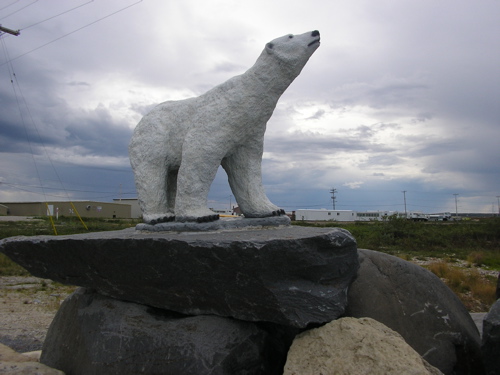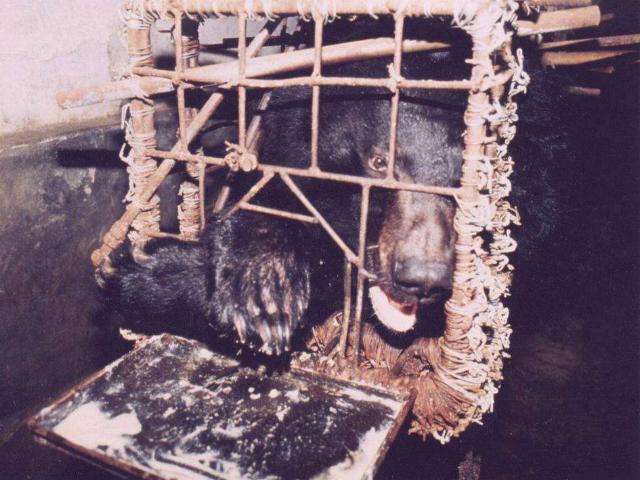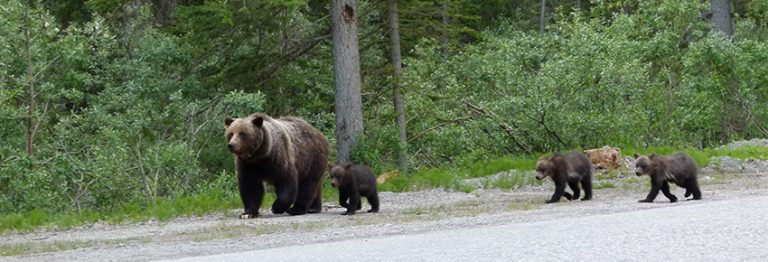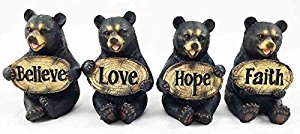Are Squirrel Nut Stockpiles To Blame For Bear-Train Collisions?
Continuous incidents of Bear-Train collisions leads to a challenging situation in two Western Canada parks.
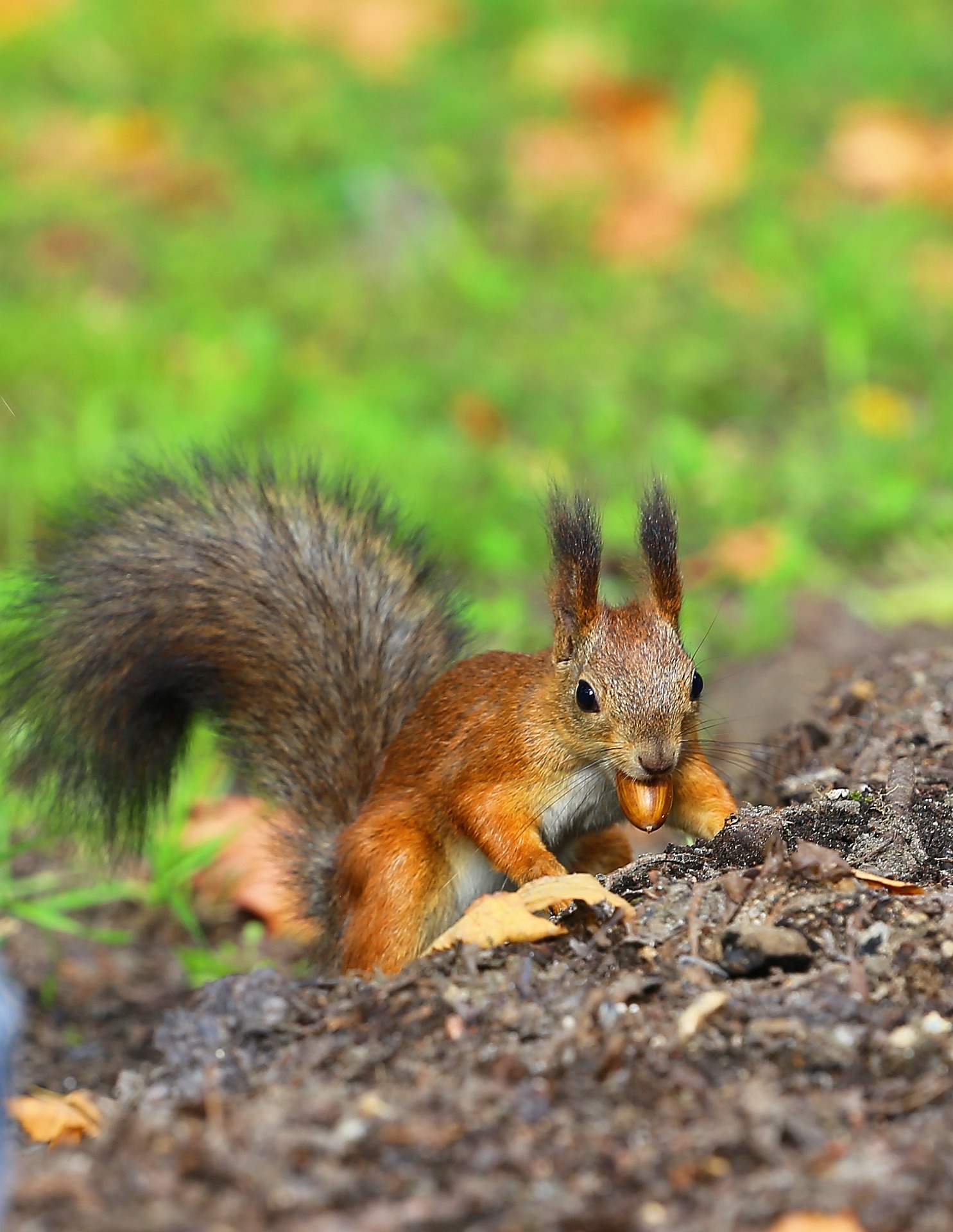
The Banff and Yoho national parks in Western Canada have been home to grizzly bears since the 1880s. Historically, bears have roamed freely there with no threats to their life.
However, in recent years since 2000, more than 17 bears have been reportedly killed from bear-train collisions.
The worrisome development prompted the University of Alberta in association with the Canada Pacific railway company to set up research aimed at finding out why there has been an upsurge in bear sightings on the rail tracks.
They made a startling discovery; it appears red squirrels are stockpiling nuts along the railway tracks. These stockpile end up attracting grizzly bears and increasing the probability of train collisions.
Let’s take a closer look at their findings and what’s contributing to these collisions.
Human Encroachment In Bear Habitat
Traditionally, bears and human establishments never mixed. However, increased human activities and the need for more land have pushed into animals’ natural environment. The railway lines is just an example of human development crossing through bear habitat.
The Trains And Their Enticing Cargo
The railway corridor that runs through the park delivers seeds in cars to the port of Vancouver. Inevitably, some of these seeds, like canola and wheat, spill out of their containers and are a source of “fast food” for many herbivores in the area especially squirrels and bears.
The red squirrels are the first to find these nuts and they quickly gather them into middens (heaps).
These middens attract the bears to linger on the rails even when trains are approaching. Furthermore, animals spread the seed through their droppings along the rails. Germinating plants present even more food source for herbivores, collisions with trains leaves carcasses of other smaller animals that attract the bears which in turn create more collision threats.
This cycle leads to the almost inevitable bear-train collisions. And the threat continues with very few if any bears every surviving such an impact from a fast-moving train.
Apart from nuts, carcasses of other animals killed by the trains also attract hungry grizzlies to the train tracks.
Large Bear Population
Though Canada boasts the most extensive bear population in the world, over 26,000 in fact, deaths from the park are alarming considering that the park’s bear population is just slightly over 63.
So, imagine the impact when almost 20 of those bears die through what could have been avoidable deaths. The fact is, train collisions have grown to become rampant and commonplace.
A Rocky Habitat
The Banff and Yoho National Parks are rocky and icy. This kind of environment equals less available food and vegetation for the bears. Thus they will naturally forage around the rail tracks if they smell nuts around there.
Initially, significant collisions occur only when grizzlies were crossing the tracks. Nowadays bears linger long on the rails digging into stockpiles of nuts hidden by red squirrels in the parks. No doubt, this presents a more dangerous environment for the bears.
Red squirrels in the parks hide stockpiles of nuts along the railway tracks that attract hungry grizzly bears. That’s an immediate recipe for disaster.
Measures To Reduce Bear-Train Collisions
Bear-train collisions are often fatal to the animals with a high number of them dying from the impact. To ensure peaceful human-animal coexistence, the Canada Pacific has put in place a few measures:
-
Managing The Gates
Correct management of gates that lead to the corridor helps to notify incoming trains passing through the park of potential bear hotspots. Meanwhile, there’s now better monitoring of rail lines especially at some points.
-
Avoid Seed Spillage
They regularly fix broken cars and couriers to ensure there is minimal seed spillage and discourage animals from foraging close to the rail tracks.
Preventing seed spillage has not been completely successful though, despite the Canada Pacific spending millions in fixing broken rail cars. However, there’s a remarkable reduction in seed spills.
-
Animal Deterrents
Another strategy is causing slight discomfort to the grizzlies to remind them to keep off the rails. The discomfort does not harm the bears instead it reminds them to keep off every time they come close to rail tracks.
These deterrents include slight electric shocks, loud noise emitters, alarms, and so on.
-
Vacuuming Spilled Seeds
Canada Pacific introduced vacuum devices along the rail tracks that suck spilled seeds. But the very determined bears still forage in between the ballast to get the tiniest of kernels stuck in the tracks.
-
Identifying Hotspots.
They introduced signs along the rail tracks to notify oncoming trains of potential bear hotspots.
Unfortunately, despite the Canada Pacific spending millions to keep bears from approaching rail tracks, the problem still persists to date.

